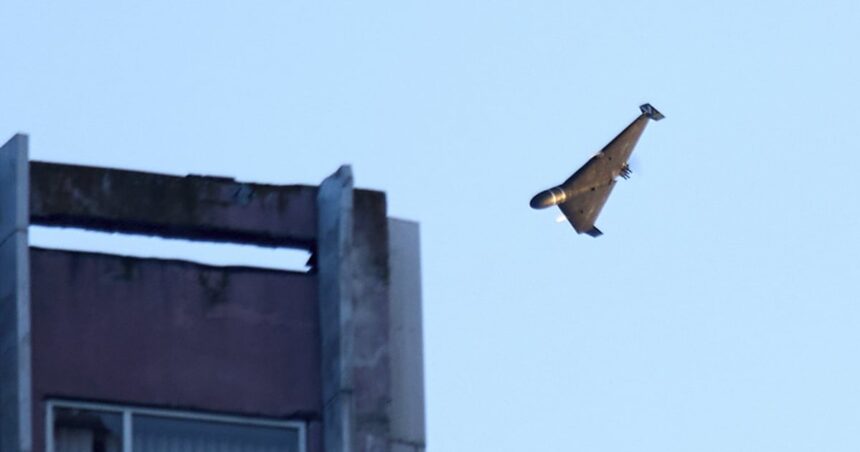In the gray dawn hours following Monday’s devastating Russian missile barrage on Kyiv, rescue workers continue their grim task amid twisted metal and shattered concrete. The death toll has now climbed to 28 victims, as emergency teams work tirelessly through the rubble of what was once Kyiv’s largest children’s hospital.
The assault marks one of the deadliest single attacks on Ukraine’s capital since Russia’s full-scale invasion began over two years ago. According to Ukrainian officials, the bombardment included at least six hypersonic Kinzhal missiles, part of a larger attack involving approximately 40 missiles of various types launched against civilian infrastructure.
“We’re finding more victims with each passing hour,” said Oleksandr Khorunzhyi, spokesperson for Ukraine’s State Emergency Service. “The destruction is catastrophic—entire hospital wings have collapsed, trapping patients and medical staff alike.”
The children’s hospital, which specialized in treating young cancer patients, sustained catastrophic damage. Among the dead are medical personnel who had devoted their lives to saving Ukraine’s youngest citizens. Surveillance footage captured the moment of impact, showing frightened patients and visitors fleeing moments before the structure partially collapsed.
Ukrainian President Volodymyr Zelenskyy condemned the attack in the strongest possible terms, calling it “an act of undisguised terrorism against the most vulnerable.” International humanitarian organizations have echoed this sentiment, with the UN Secretary-General describing the targeting of medical facilities as “completely unacceptable under international humanitarian law.”
The World News community has responded with outrage. NATO Secretary General Jens Stoltenberg called the attack “brutal and indiscriminate,” while European Commission President Ursula von der Leyen announced additional emergency medical supplies would be rushed to Ukraine.
Russia’s Defense Ministry has issued statements claiming they targeted military infrastructure with “precision weapons,” despite overwhelming evidence of strikes on civilian facilities. Independent war crime investigators are already documenting the aftermath, adding this incident to the growing list of potential violations of the Geneva Convention.
Local resident Kateryna Pavlenko, who lives 200 meters from the hospital, described the moment of impact: “The ground shook like an earthquake. I looked outside and saw nothing but dust and smoke where the children’s wing once stood. How can anyone defend attacking sick children?”
In response to the attack, CO24 News has learned that Ukraine’s allies are accelerating discussions about providing additional air defense systems. However, military analysts caution that the sophisticated nature of Russia’s missile arsenal presents significant challenges for even the most advanced defensive systems.
As night falls over Kyiv once again, rescue operations continue under floodlights. City officials warn the death toll may rise further as teams reach deeper into the building’s collapsed sections. Meanwhile, surviving patients have been evacuated to other medical facilities across the city, where doctors work around the clock to provide emergency care.
This latest escalation raises troubling questions about the trajectory of this grinding conflict: as Russia increasingly targets civilian infrastructure with advanced weapons, what will it take for the international community to find new approaches to protecting Ukraine’s most vulnerable citizens from such devastating attacks?


















